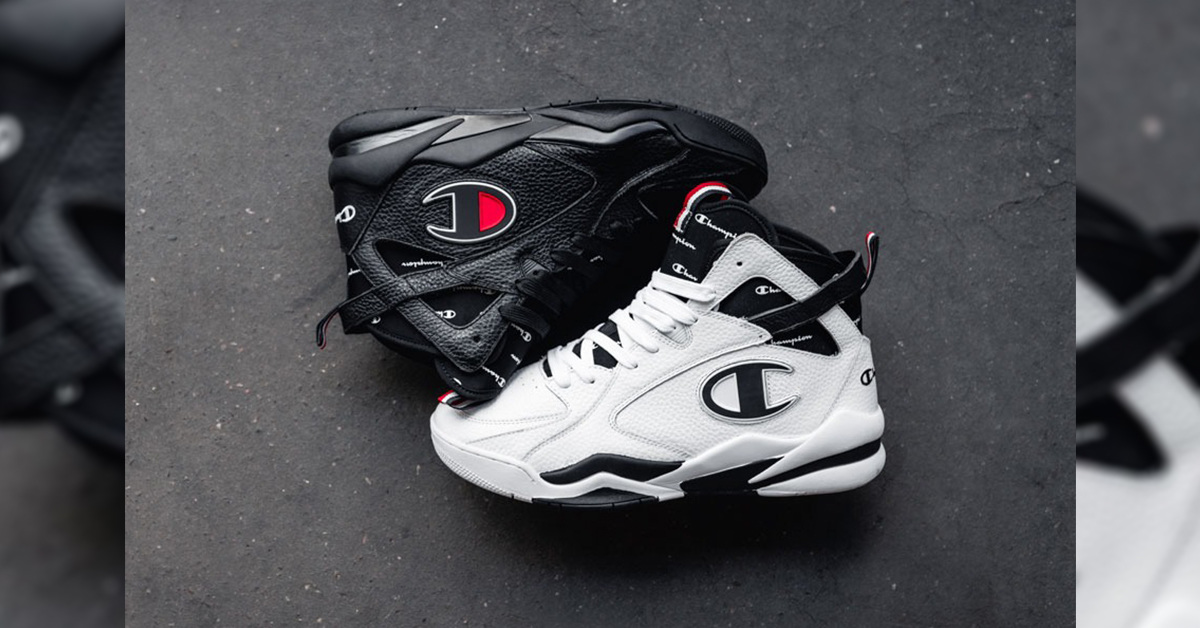.jpg)
Insights Into the Almost 100-Year History of the Champion Athletics Brand
One of the basic rules of branding is that you can't be everything for everyone. But somehow this time-honoured concept doesn't apply to the all-American sportswear brand Champion. Because for almost 100 years, Champion has not only provided athletes and everyday people with functional sweatshirts, socks, shoes and underwear, but also enjoys the aura of a coveted, high-quality brand that is highly valued by rappers, streetwear addicts, fashion designers and supermodels all over the world.
The Story of a Champion
In the last year alone, Champion has launched high-profile collaborations with labels such as Vetements, OFF-WHITE, Stussy, Bape, BEAMS, Timberland, KITH, atmos and Supreme. Celebrity endorsement partners include Chance The Rapper, 50 Cent and The Game, as well as supermodel Kylie Jenner.
Complex included Champion in its list of the best brands of 2017, and the brand's retro basketball gear from the 1990s is selling for top prices on eBay. At the same time, customers can still buy a solid Champion hoodie or T-shirt at Walmart without breaking the bank.
Complex included Champion in its list of the best brands of 2017, and the brand's retro basketball gear from the 1990s is selling for top prices on eBay. At the same time, customers can still buy a solid Champion hoodie or T-shirt at Walmart without breaking the bank.
.jpg)
In 1954, Champion already had more than 30 years of experience in the apparel industry.
.jpg)
In the early days, Champion developed a successful strategy: instead of selling directly to consumers, the company supplied university teams with jerseys, shorts and more.
If you look back at Champion's history, you can see a pattern. Perhaps this is even the secret of Champion's longevity and staying power. Because from the beginning, Champion has been about helping others win - and they're still doing that today, almost 100 years later.
The Birth of an Industry
Founded in 1919 by New York brothers Abraham and William Feinbloom, the company was established in 1923 as Champion Knitwear with a successful concept: Instead of selling primarily to consumers, the Rochester-based manufacturer supplied university sports teams with functional sweatshirts and sweatpants. Champion found its direct competitor - the adidas to its Nike - in Russell Athletic, the much older company founded in 1902 deep in the cotton empire of the southern states. Russell already boasted significant innovations, including the modern cotton sweatshirt, which was introduced around 1920 after they successfully switched sportswear from wool to cotton.
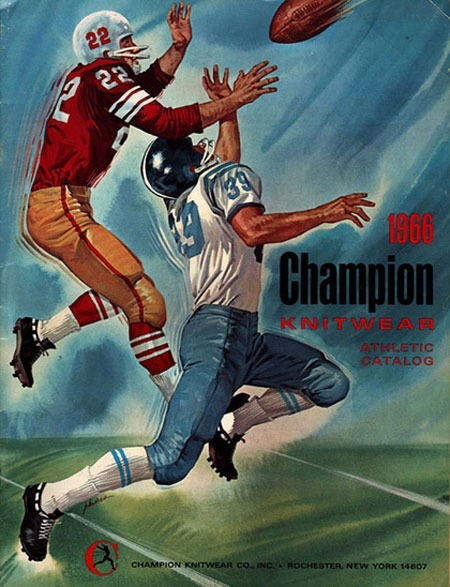.jpg)
1966 catalogue cover with an illustration of American football
.jpg)
Despite a number of patents for reversible shirts, mesh jerseys or screen printing techniques, the sports brand always let the sports team shine
Champion struck back by inventing THE quintessential hip-hop garment in the early 1930s: the hooded sweatshirt. Next, they pioneered the Reverse Weave sweatshirt, which prevented shrinkage when washed and is still a calling card today. Over the years, they also patented reversible t-shirts, mesh jerseys, screen printing and flocking techniques, and the first sports bra. But despite these groundbreaking achievements, Champion always let others shine - namely the sports teams it supplied as official supplier.
Supplier of the Champions
Partnerships with sports teams took off in the 1960s after Champion found the winning formula with the redesigned "C" logo. Inconspicuously placed on the left sleeve or chest of sports jerseys, the "C" served as a seal of quality while leaving the entire logo area on the garment free for the team's insignia and player numbers. A blank canvas for branding. Or, as one could argue, the perfect backdrop for collaborations. The brand signed major contracts with the National Collegiate Athletic Association (NCAA), the National Football League (NFL) and the National Basketball Association (NBA).
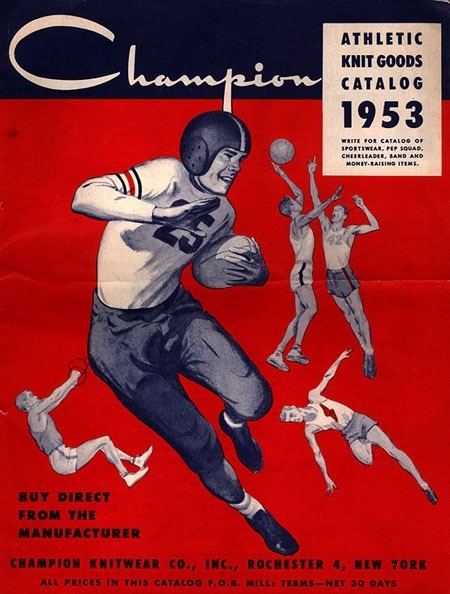.jpg)
With university sports teams in mind, the brand designed apparel for a variety of sports
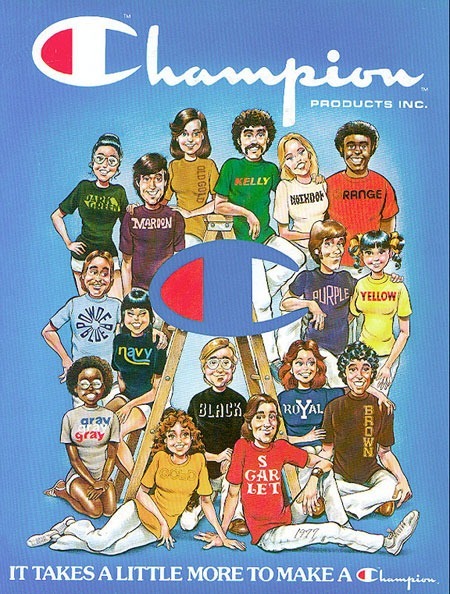.jpg)
Advertising from the 1980s
The first products hit shops in the early 1980s, and the acquisition by Sara Lee Corporation in 1989 opened the doors for worldwide distribution - and the rise to pop culture phenomenon. What started with Californian hardcore bands like the Gorilla Biscuits and Houston rappers Geto Boys in the late 1980s spiralled out of control as Champion became the label of choice for rappers, skateboarders and streetwear brands.
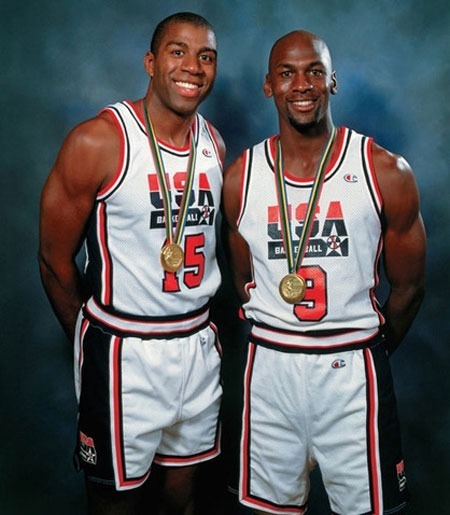.jpg)
Champions with Champion Gear - Magic Johnson and Michael Jordan
Pretty much every rap act on the East Coast in the early 1990s, from Wu-Tang to Onyx to Gang Starr, wore wide champion gear on album covers and on video shoots. Skate brands like Underworld Element spoofed the "C" logo on decks and clothing. Early streetwear collections by BAPE, Supreme and Good Enough were printed on Champion garments, while 1990s Champion basketball sneakers like the Equinox Hi influenced shoe design with colour-blocked suede in primary colours.
"The champion clothes I wear will break you." - Wu-Tang Clan, 1993.
The early 2000s saw the return of Champion's iconic Super Hood hoodie design, rocked by hooded poets like Fat Joe and Ghostface Killah. But after the takeover by HanesBrands in 2006, the brand lost some of its lustre due to fragmented licensing agreements and generic products.
Champion - The 100th Anniversary
Today, Champion is everywhere. Drawing on its strong brand heritage, the label's design team has a few surprises up its sleeve for its 100th anniversary. Over the next few months, as we approach 2019, expect to see a return of the popular premium sportswear pieces, retro basketball shoes and a premium sneaker line. Don't forget: One hundred years is a long time, and brand credibility is not a sprint, it's a marathon. And Champion is in it for the long haul.


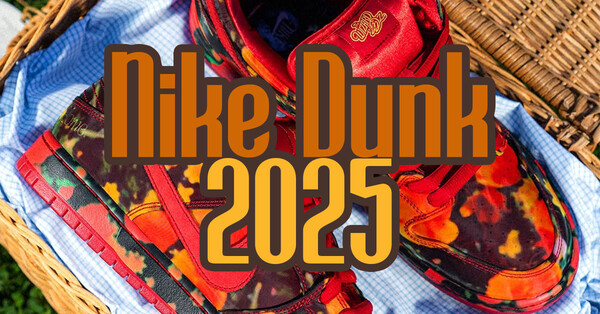

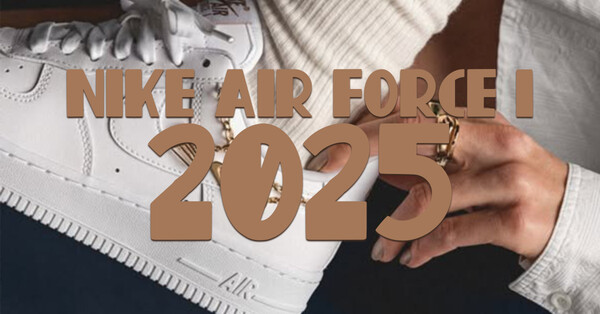.jpg)
